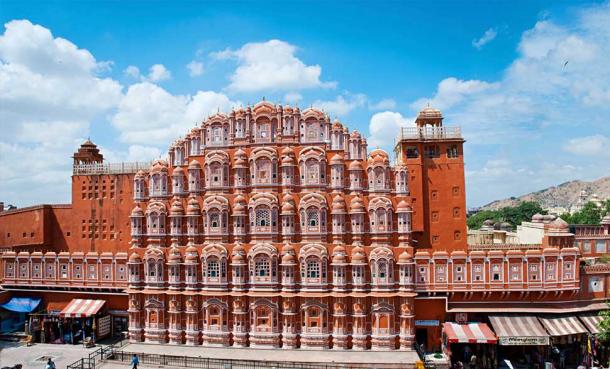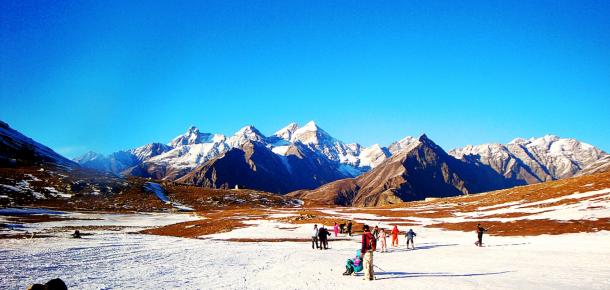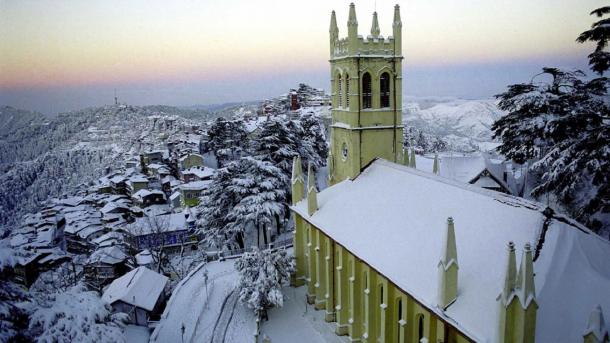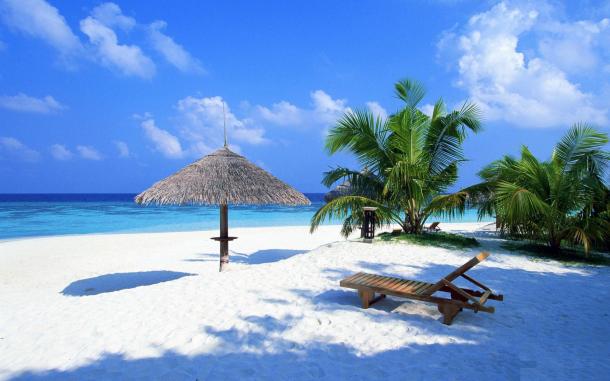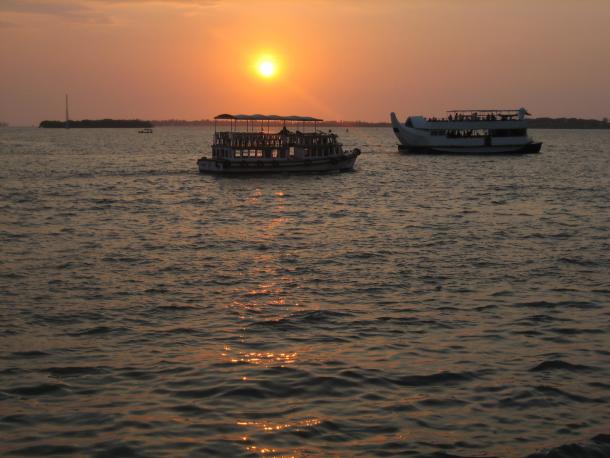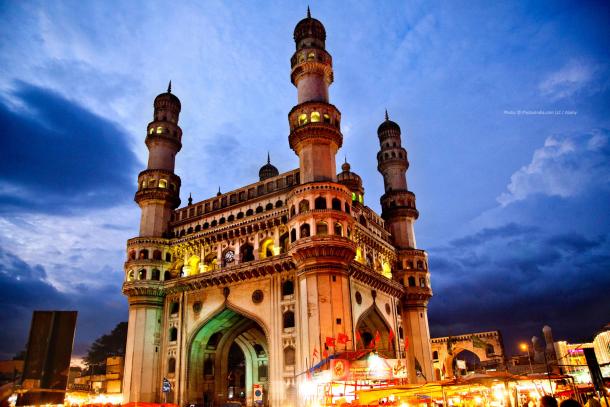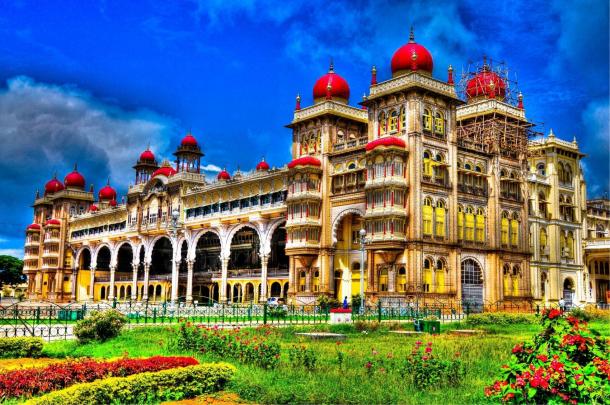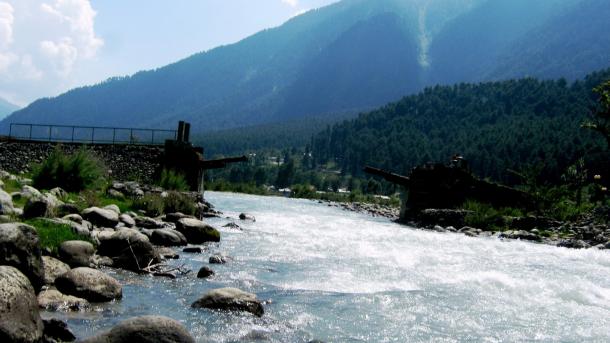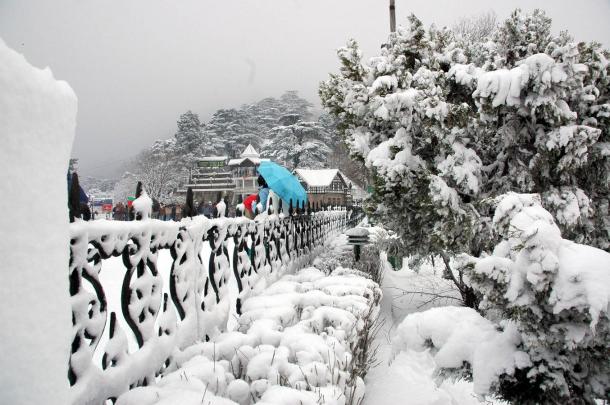NORTHERN DELIGHT STUDENT TOUR PACKAGE
In Delhi, there are attractions like mosques and monuments that represent India's history. The important places in Old Delhi include the majestic Red Fort. New Delhi, on the other hand, is a modern city designed by Edwin Lutyens and Herbert Baker. New Delhi houses many government buildings and embassies, apart from places of historical interest.ShimlaManali is a hill station nestled in the mountains of the Indian state of Himachal Pradesh near the northern end of the Kullu Valley, at an altitude of 2,050 m (6,726 ft) in the Beas River Valley., also known as Simla, is the capital city of the Indian state of Himachal Pradesh, located in northern India. Shimla is bounded by Mandi and Kullu in the north, Kinnaur in the east, the state of Uttarakhand in the south-east, and Solan and Sirmaur.
Highlights

Explore Delhi attractions like mosque & monuments.
Enjoy the weather of Shimla.
Explore the religious Golden Temple in Amritsar.
Explore the beauty of Chandigarh city.
Gallery
Itinerary
Day
Agra is a city on the banks of the river Yamuna in the northern state of Uttar Pradesh, India. It is 378 kilometres west of the state capital, Lucknow, 206 kilometres south of the national capital New Delhi and 125 kilometres north of Gwalior. With a population of 1,686,993, it is one of the most populous cities in Uttar Pradesh and the 19th most populous in India. Agra can also refer to the administrative district that has its headquarters in Agra city. It is a major tourist destination because of its many splendid Mughal-era buildings, most notably the Taj Mahal, Agra Fort and Fatehpur Sikri, all three of which are UNESCO World Heritage Sites. Agra is included on the Golden Triangle tourist circuit, along with Delhi and Jaipur.
The city was first mentioned in the epic Mahabharata, where it was called Agreva?a. Legend ascribes the founding of the city to Raja Badal Singh, a Sikarwar Rajput king, whose fort, Badalgarh, stood on or near the site of the present fort.
Shimla, also known as Simla, is the capital city of the Indian state of Himachal Pradesh, located in northern India. Shimla is bounded by Mandi and Kullu in the north, Kinnaur in the east, the state of Uttarakhand in the south-east, and Solan and Sirmaur. In 1864, Shimla was declared as the summer capital of British India, succeeding Murree, northeast of Rawalpindi. After independence, the city became the capital of Punjab and was later named the capital of Himachal Pradesh. It is the principal commercial, cultural and educational centre of the hilly regions of the state. As of 2011, the city had 171,817 residents, and was one of the least populous capital cities in India.
Shimla, also known as Simla, is the capital city of the Indian state of Himachal Pradesh, located in northern India. Shimla is bounded by Mandi and Kullu in the north, Kinnaur in the east, the state of Uttarakhand in the south-east, and Solan and Sirmaur. In 1864, Shimla was declared as the summer capital of British India, succeeding Murree, northeast of Rawalpindi. After independence, the city became the capital of Punjab and was later named the capital of Himachal Pradesh. It is the principal commercial, cultural and educational centre of the hilly regions of the state. As of 2011, the city had 171,817 residents, and was one of the least populous capital cities in India.
Manali is a hill station nestled in the mountains of the Indian state of Himachal Pradesh near the northern end of the Kullu Valley, at an altitude of 2,050 m (6,726 ft) in the Beas River Valley. It is located in the Kullu district, about 270 km (168 mi) north of the state capital, Shimla. The small town, with a population of 8,096, is the beginning of an ancient trade route to Ladakh and from there over the Karakoram Pass on to Yarkand and Khotan in the Tarim Basin. It is a popular tourist destination and serves as the roadway to other northern hill stations.
Manali is a hill station nestled in the mountains of the Indian state of Himachal Pradesh near the northern end of the Kullu Valley, at an altitude of 2,050 m (6,726 ft) in the Beas River Valley. It is located in the Kullu district, about 270 km (168 mi) north of the state capital, Shimla. The small town, with a population of 8,096, is the beginning of an ancient trade route to Ladakh and from there over the Karakoram Pass on to Yarkand and Khotan in the Tarim Basin. It is a popular tourist destination and serves as the roadway to other northern hill stations.
Amritsar, historically also known as Rāmdāspur and colloquially as Ambarsar, is a city in north-western part in India and the administrative headquarters of the Amritsar district in the state of Punjab.
According to the 2011 census, the population of Amritsar was 1,132,761. The city is situated 217 km northwest of state capital Chandigarh. It is near Pakistan, with the Wagah Border being only 28 km away. The nearest city is Lahore, the second largest city in Pakistan, located 50 km to the west.
The Akal Takht is one of five takhts (seats of power) of the Sikh religion. It is located in the Harmandir Sahib (Golden Temple) complex in Amritsar. The city houses the Temporal seat of Sikhs.
Amritsar is home to the Harmandir Sahib (commonly known as the Golden Temple), the spiritual and cultural center for the Sikh religion. This important Sikh shrine attracts more visitors than the Taj Mahal with more than 100,000 visitors on weekdays alone and is the most popular destination for non-resident Indians (NRI) in the whole of India. The city also houses the Akal Takht, the highest seat of earthly authority of the Khalsa, and the committee responsible for the upkeep of Gurdwaras.
Chandigarh is a city and a union territory in the northern part of India that serves as the capital of the states of Punjab and Haryana. As a union territory, the city is ruled directly by the Union Government and is not part of either state. Chandigarh and adjoining cities of Mohali (Punjab) and Panchkula (Haryana) are together called Chandigarh Tricity.
The city of Chandigarh was one of the early planned cities in the post-independence India and is known internationally for its architecture and urban design. The master plan of the city was prepared by Swiss-French architect Le Corbusier, transformed from earlier plans created by the Polish architect Maciej Nowicki and the American planner Albert Mayer. Most of the government buildings and housing in the city, however, were designed by the Chandigarh Capital Project Team headed by Pierre Jeanneret, Jane Drew and Maxwell Fry. In 2015, an article published by BBC named Chandigarh as one of the perfect cities of the world in terms of architecture, cultural growth and modernisation.
In Delhi, there are attractions like mosques and monuments that represent India's history. The important places in Old Delhi include the majestic Red Fort. New Delhi, on the other hand, is a modern city designed by Edwin Lutyens and Herbert Baker. New Delhi houses many government buildings and embassies, apart from places of historical interest.
The Qutub Minar, Red Fort and Humayun's Tomb are listed as UNESCO World Heritage Sites.
What's included
Non A/C coach as per tour programe.
Standard accomodation in 04 sharing.
All meals morning tea, breakfast, lunch and dinner (veg).
Tour manager as per demand.
Provide industrial visit as per demand.
All taxes.
Room sharing 04 in 1 room.
RATES EXCLUDES
Air fare / train fare.
Monument entrance fees.
Car for Rohtang Pass sightseeing.
Personal expenses.
Similar Packages
Information
Useful things to know before you go
North India is a loosely defined region consisting of the northern part of India. The dominant geographical features of North India are the Indus-Gangetic Plain and the Himalayas, which demarcate the region from the Tibetan Plateau and Central Asia.North India lies mainly in the north Temperate zone of the earth. Though cool or cold winters, hot summers and moderate monsoons are the general pattern. North India is one of the most climatically diverse regions on Earth. During summer, the temperature often rises above 35 °C across much of the Indo-Gangetic plain, reaching as high as 60 °C in the Thar desert, Rajasthan and up to 49 in Delhi. During winter, the lowest temperature on the plains dips to below 5 °C, and below freezing point in some states. Heavy to moderate snowfall occurs in Himachal Pradesh, J&K and Uttarakhand. Much of north India is notoriously infamous for heavy fog during winters.
Make an inquiry or call +91 981 1163 279
